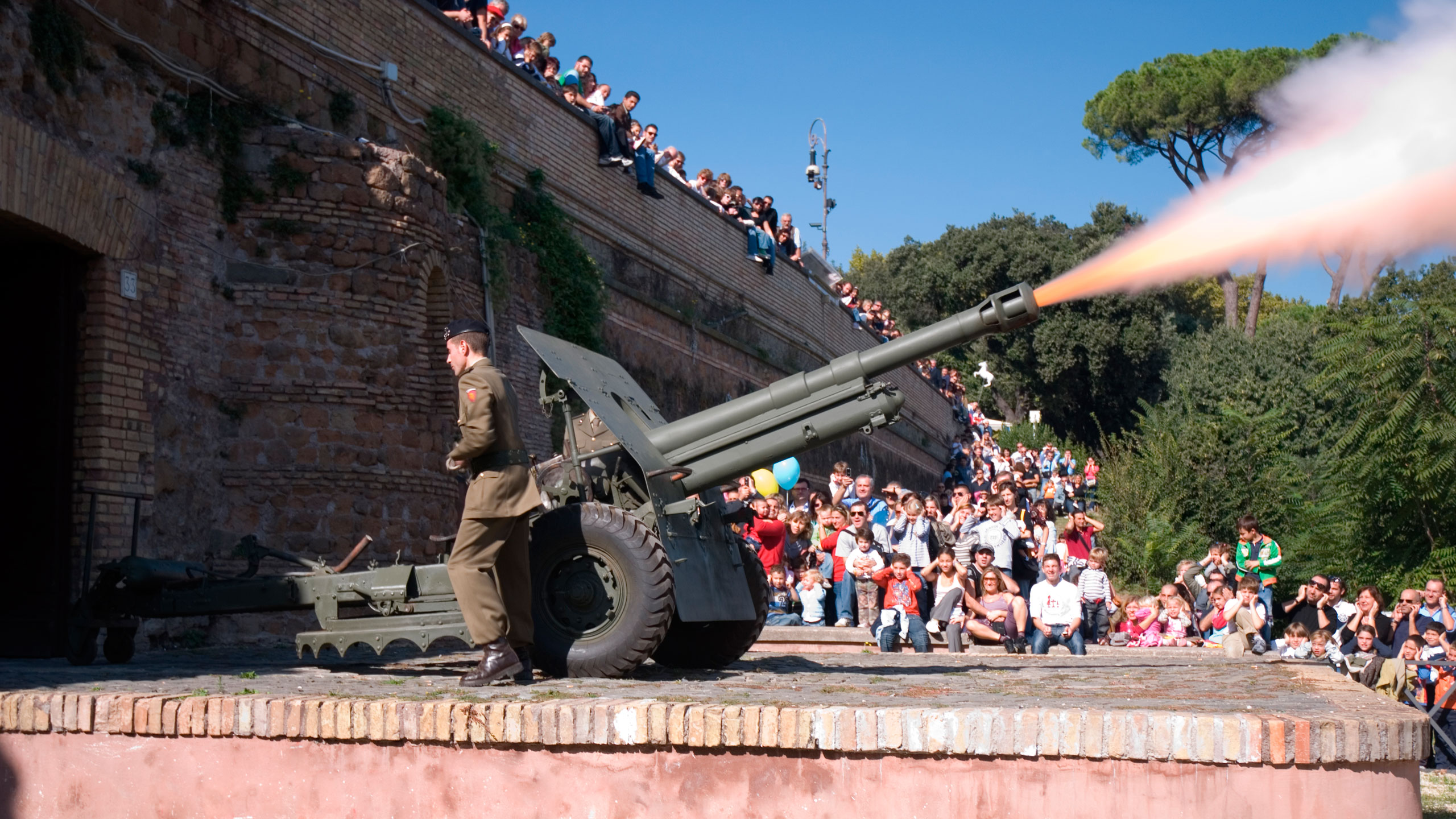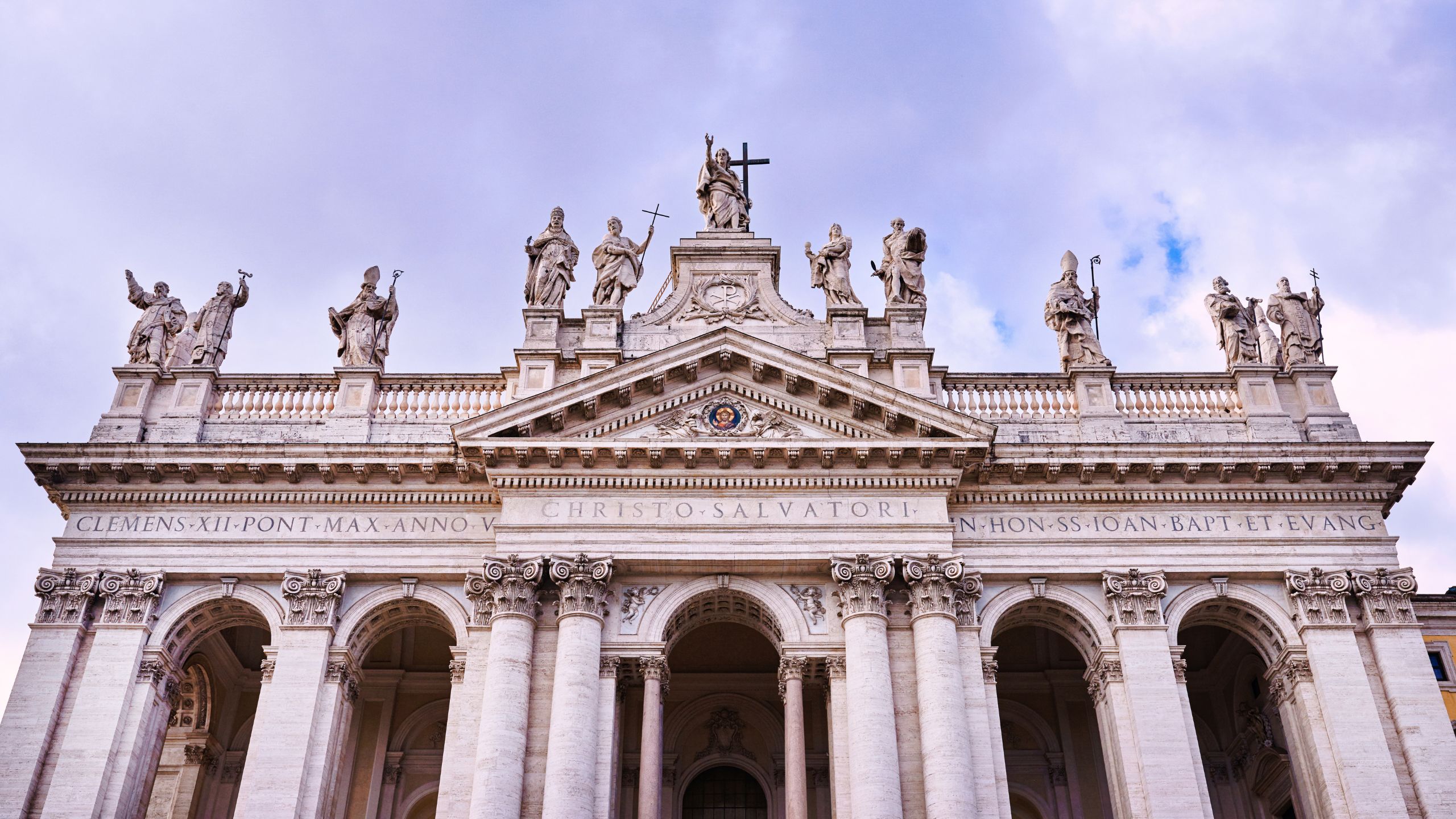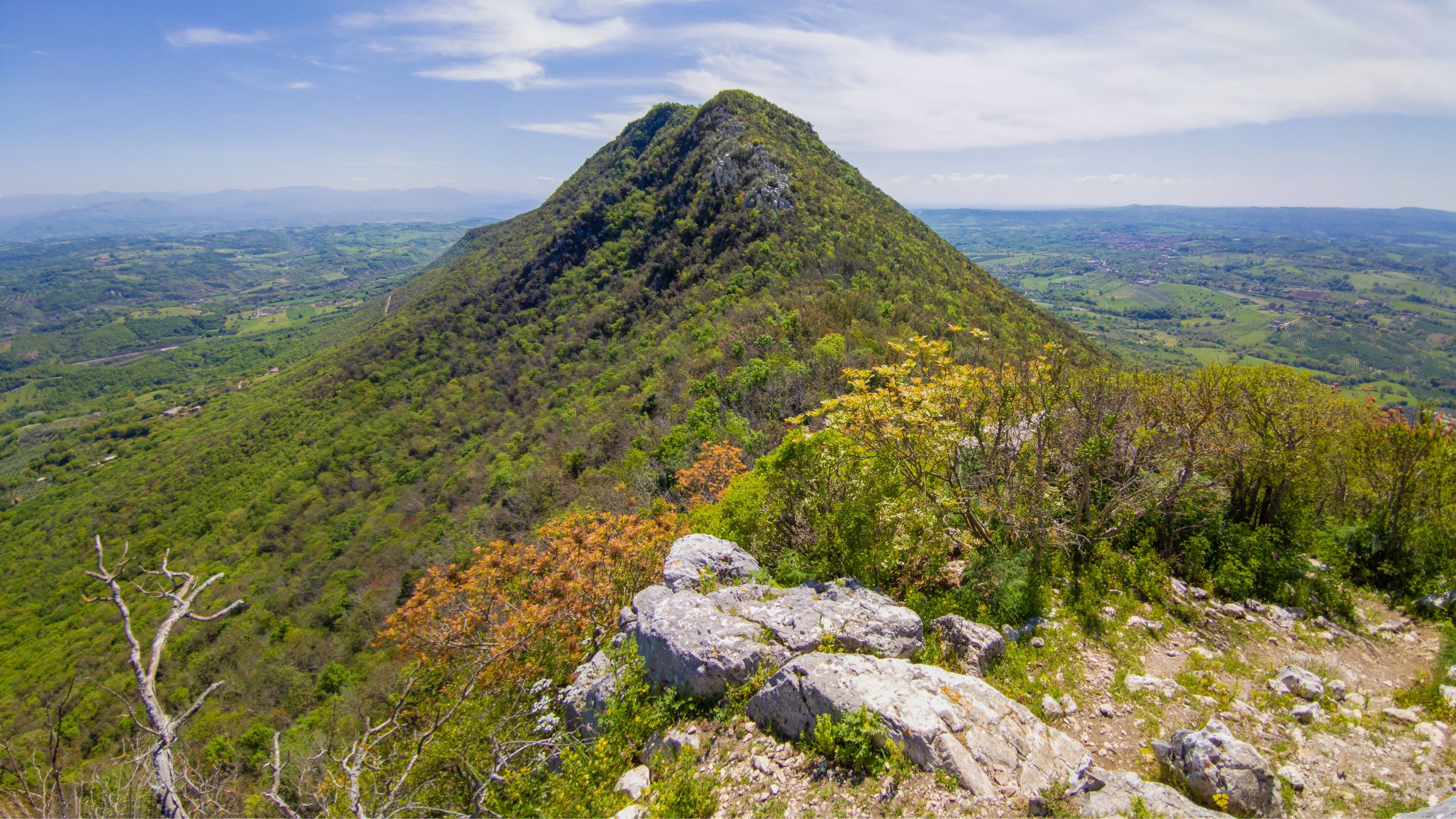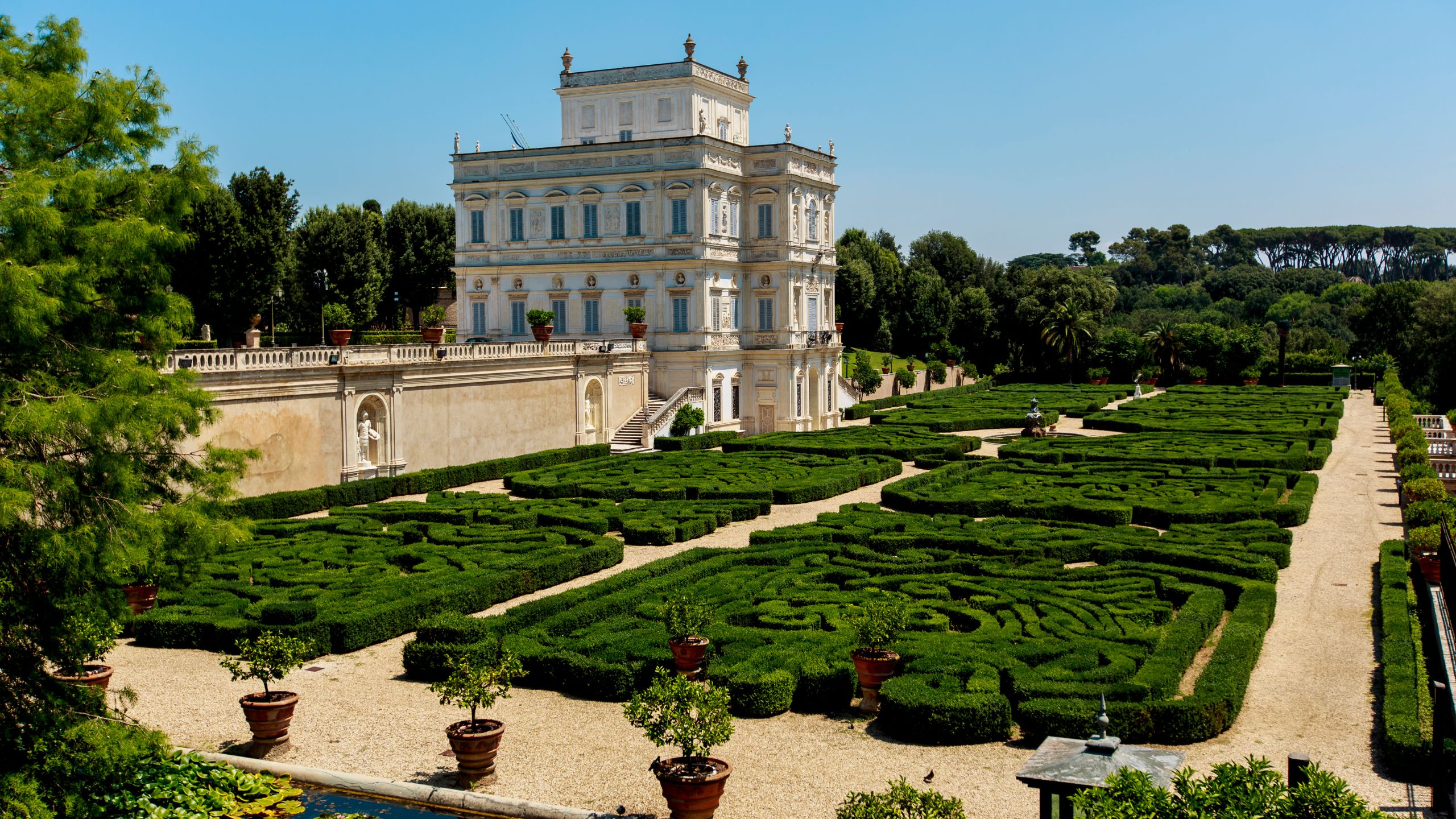Why do Roman people say
Anyone visited Rome just once has surely heard about the expression "you look like Gianicolo’s Lighthouse", wondering about its meaning. Let's discover the origin of this expression together, tasting the atmosphere of this corner of the Italian capital.
WHAT IS THE GIANICOLO LIGHTHOUSE
Gianicolo’s Lighthouse is a monumental work of art by Manfredo Manfredi. The artist also made other important works, such as the Viminale project, and Vittorio Emanuele II's tomb, in the Pantheon.
The artist cooperated to the project of the Altare della Patria, too. The work - inspired to Classic style, is 20 metres tall, and it is made of white stone from Botticino, characterised by peculiar candid shades. The work was commissioned by the Italian community in Argentina, in 1911; it was finally donated to Italy on the 5th anniversary of Unity.
The choice of the Gianicolo is not casual, as it was one of the locations where many struggles defending the Roman Republic took place, in 1849. On the basis of the Lighthouse column, there is an inscription on the stone: "To Rome, the capital of Italy, by the Italian people, from Argentina".
On the top of the lighthouse there are four hermas, decorated by lion protomes, connected by a festoon. On the top of the Lighthouse there is the lantern room.
You can reach it by a spiral staircase, passing through the three rooms the surface is divided in. Until a few years ago, the Gianicolo’s Lighthouse was used by the prisoners’ relatives to scream messages to the detained people.
The monument actually is situated in front of Regina Coeli Prison, and its balcony was the best location to look into the prison. This habit was forbidden but tolerated by the police, as well as they were important messages; it was definitely abolished also because access to the balcony has been forbidden to tourist too, and only authorized people can enter the Lighthouse.
WHY DO ROMAN PEOPLE USE THIS EXPRESSION?
We usually hear the typical Roman expression "you look like the Gianicolo’s Lighthouse". But what does it really mean, and what does it refer to? The expression is used especially when you want to describe a particular eccentric person, concerning outfit and behaviours.
The expression refers to one of the main features of the Lighthouse. During the most important national celebrations of the Italian Republic, the Lighthouse actually emits white, red and green lights, like the Italian national flag.
This functionality was required by the Italian people emigrated in Argentina, as they missed Italy very much. The Italian flag actually is the symbol of the country and a common symbol for all the citizens, as well as they have lived or live in the country, for a period or forever.
By the time, this peculiar feature has become a metaphor Roman people use to describe very eccentric people. It really has a joking sense, but if we consider how much Roman people love Gianicolo, we understand it surely is an affective expression to refer to somebody dressing up in an eccentric way.
OTHER POINTS OF INTEREST AT GIANICOLO
Visiting the Gianicolo’s Lighthouse allows you to mix culture and history, as well as the Colle Aventino - the hill where Gianicolo is situated - really is one of the best points in Rome, where you can take advantage of a wonderful panorama of the whole city. However it is not the only one interesting feature of this wonderful green corner.
At the Gianicolo, you actually can admire many other monuments making it a very special place. As Gianicolo hosted struggles in Defence of the Roman Republic, it has always been considered a symbol of freedom.
After the Unity of Italy, this place has become a public park, but also the symbol of the Italian Risorgimento. One of the main squares of the Gianicolo is dedicated to Giuseppe Garibaldi, hosting his Equestrian statue, by Emilio Gallori. In the park, there is also a statue of Anita - by Mario Rutelli - containing her remains. Not so far away from Garibaldi statue, there is also the cannon everybody knows as the Gianicolo’s cannon.
It was installed there in 1904, and from that moment on, it has been loaded with blanks, shooting every day at midday. On quiet days, you can hear the noise of the shot even from the Esquilino district.
The last work you can't miss, visiting Gianicolo is Paolo V’s Fontanone.
 |
 |
This monumental fountain actually is the final part of the Acqua Paola aqueduct. This aqueduct was built by Pope Paolo V, to solve water problems in that area of the city, and it was finished in 1610. Between 1611 and 1612, the sculptor Giovanni Fontana made a final exhibition that had to be inspired to the Acqua Felice Fontaine Project - as Pope Paolo V wanted.
The fountain is made of five arches - 3 big and 2 side little ones. In the arches there are no statues, but big windows facing the Botanical vegetable garden. On the top of the arches, there is a big inscription about the name of the artist and the Pope who wanted its built. The fountain is full of coat of arms of the Pope’s family, to celebrate his great importance. It was enlarged as Pope Alessandro VIII wanted, by Giovanni Fontana's nephew, Carlo, in 1690. By the will of the Pope, a big inscription commemorating his memory was put on it, and the fountain finally got the aspect we can see nowadays.
Do you want to stay in Rome?
For this location we recommend Hotel Oxford, the ideal starting point to discover Rome!



